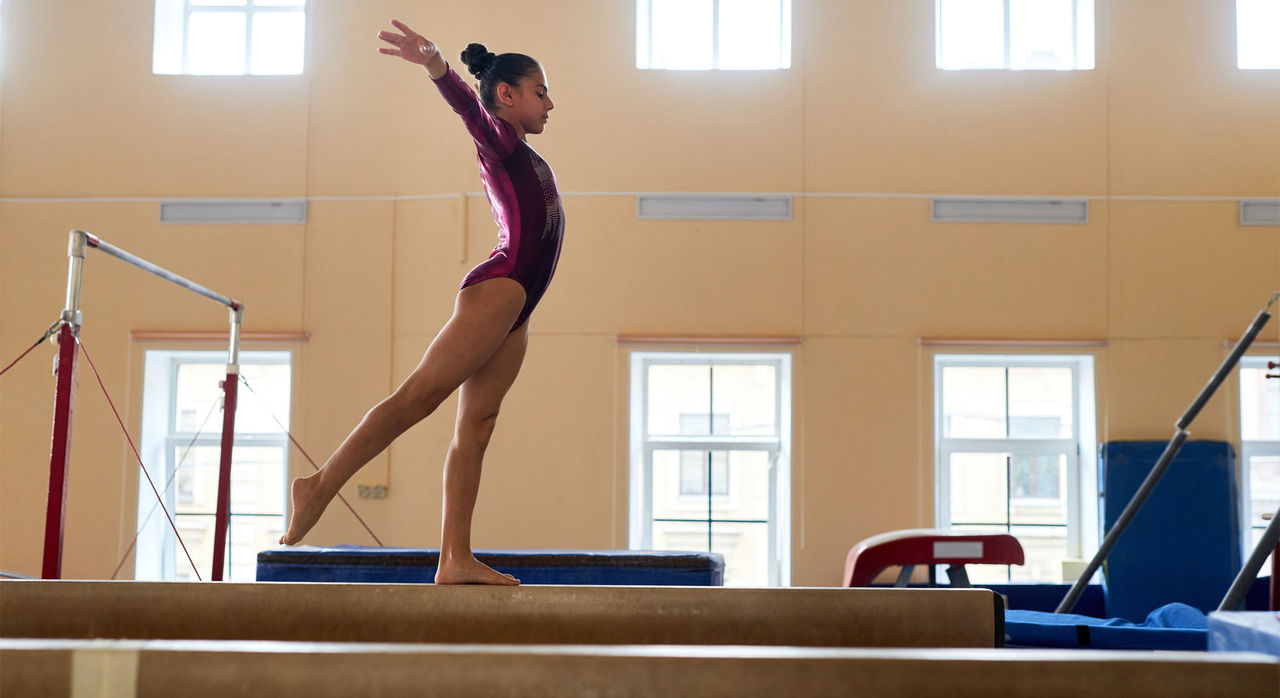-
- Find Care
-
- Visitor Information
- Find a Location
- Shuttles
- Visitor Policies
-
-
- Our Virtual Care Options
- Virtual Urgent Care
- Virtual Visits for Primary & Specialty Care
- Online Second Opinions
- Participate in Research
-
- Contact us
-
- For Innovators
- Commercialization Guide for Innovators
-
-
- Research News
- Alzheimer's Disease
- Artificial Intelligence
-
- Overview
-
- Overview
- Getting Started
- New to Mass General Brigham
- International Patient Care
- What Is Patient Gateway?
- Planning Your Visit
- Find a Doctor (opens link in new tab)
- Appointments
- Patient Resources
- Health & Wellness
- Flu, COVID-19, & RSV
- Billing & Insurance
- Financial Assistance
- Medicare and MassHealth ACOs
- Participate in Research
- Educational Resources
- Visitor Information
- Find a Location
- Shuttles
- Visitor Policies
- Find Care
-
- Overview
- Our Virtual Care Options
- Virtual Urgent Care
- Virtual Visits for Primary & Specialty Care
- Online Second Opinions
-
- Overview
- Participate in Research
-
- Overview
- About Innovation
- About
- Team
- News
- For Industry
- Venture Capital and Investments
- World Medical Innovation Forum (opens link in new tab)
- Featured Licensing Opportunities
- For Innovators
- Commercialization Guide for Innovators
- Contact us
-
- Overview
- Information for Researchers
- Compliance Office
- Research Cores
- Clinical Trials
- Advisory Services
- Featured Research
- Two Centuries of Breakthroughs
- Advances in Motion (opens link in new tab)
- Brigham on a Mission (opens link in new tab)
- Gene and Cell Therapy Institute
- Research News
- Alzheimer's Disease
- Artificial Intelligence
-
- Overview
-
- Overview
- Residency & fellowship programs
- Brigham and Women's Hospital
- Massachusetts General Hospital
- Mass Eye and Ear
- Newton-Wellesley Hospital
- Salem Hospital
- Integrated Mass General Brigham Programs
- Centers of Expertise
- Global & Community Health
- Health Policy & Management
- Healthcare Quality & Patient Safey
- Medical Education
- For trainees
- Prospective trainees
- Incoming trainees
- Current trainees
- Continuing Professional Development
Reducing the Risk of Gymnastics Injuries

Elite gymnasts are many things — graceful, powerful, and agile. But even perfectly executed flips, twists, and tumbles can lead to injury. A fraction of an inch in the wrong direction can cause a range of serious injuries.
“Gymnastics, at any level, is a high-impact, trauma sport,” says Thomas Newman, a Mass General Brigham strength and conditioning specialist. “Anyone who participates in gymnastics at any level for any length of time is going to get injured.”
Newman serves as lead performance specialist at Mass General Brigham’s Center for Sports Performance and Research. The keys to healthy, successful gymnastic participation, he adds, are reducing the risk of injury and taking preventive measures that help avoid long-term, life-altering problems.
Gymnastics injuries are common
Gymnastics is one of the riskiest sports when it comes to injuries. The NCAA’s report on injury rates among college athletes shows gymnastics is second only to wrestling — with a higher rate of injuries than football.
A study of high-level gymnasts shows the impact of improper mechanics: More than 90% of gymnasts are injured in any given season, with an average of 2.6 injuries per season, per athlete. The most common injuries were:
- Sprains, affecting 19% of gymnasts
- Growth plate injuries (16%)
- Bone injuries (15%)
The most common body parts affected were the:
Much of the stress on gymnasts’ bodies comes when they land. A perfectly executed landing can hit with a force up to 18 times the gymnast’s bodyweight. Improper landing mechanics puts that stress on body parts unable to handle the load.
Because many gymnasts begin the sport as toddlers, those forces and stresses put pressure on developing bodies over a period of years. This can increase risk of both traumatic injuries, such as sprains, fractures, and concussions, and overuse injuries, such as stress fractures, tendonitis, and growth plate concerns.
3 steps to injury prevention in gymnastics
Despite the risks, the sport is growing in popularity. The number of young people participating in gymnastics has increased 12% from 2021 to 2023. There are now 4.76 million U.S. gymnasts ages 6 and older.
Newman emphasizes the need for parents to coordinate preparation and planning to keep young gymnasts as healthy as possible for as long as possible. The bonus, he says, is that it creates positive habits that will help young people long after their gymnastics careers are over.
Three steps can help reduce injury risks in gymnastics, according to Newman. The approach is based on the work of his mentor, legendary gymnastic coach Barbra Tonry. It involves thinking of gymnast health as three intersecting circles — training, recovery, and overall holistic health.
These circles overlap in different ways throughout a gymnast’s career. Getting them to overlap as much as possible is key.
1. The right gymnastics training team
Gymnastics might be an individual sport once athletes step on the mat or jump on the bars, but it’s very much a team effort to keep the gymnast healthy, Newman says. Surrounding young athletes with the right people is critical for performance — and health.
The gymnast’s team needs to include a credentialled and qualified coach who’s an expert at teaching things such as proper landing techniques. This helps athletes deal with the forces from complex flips and tumbles. But they also need a strength and conditioning coach, a physical therapist, and even a sports nutritionist, all in agreement about appropriate training.
2. Recovery for gymnasts
Sleep is one of the most important, and often overlooked, parts of a gymnast’s training plan, Newman says. It’s as important as practice. Wearable technology that tracks sleep length and quality can help determine if a gymnast is getting the sleep they need for healing and recovery.
But what Newman sees most in athletes who aren’t getting good sleep is a lack of sleep hygiene. He recommends gymnasts:
- Keep a regular sleep schedule.
- Sleep in cool, dark rooms.
- Stay off screens at least an hour before bed.
Newman suggests gymnasts take their sleep hygiene routine with them when traveling to meets.
Other tools in the recovery toolbox — such as cold tubs, saunas, massages, and yoga — can help:
- Reduce inflammation, or injury to tissues that may lead to swelling
- Increase flexibility
- Sooth aching muscles
- Improve a gymnast’s mental health
The Center for Sports Performance and Research offers a recovery suite for athletes competing at a variety of competition levels. Newman urges gymnasts and parents to work with their training team to learn how to use these additional tools correctly and in the right order.
“If you’re not sequencing correctly, that’s a missed opportunity,” Newman said. “This sequence needs to be optimized not only for the specific needs of the individual but for the individual over time. The sequence will change as the gymnast progresses and grows.”
3. Holistic health
Gymnasts can often overlook strengthening their brains for overall holistic health. Cognitive (mental) training for gymnasts is as important as on-the-mat training, Newman says. Brain training not only improves coordination and the ability to execute tasks, it also increases the mental resilience needed to face pressure and adversity.
Newman recommends adding a sports psychologist early in a gymnast’s training.
“Families can be supportive, but they’re unlikely to know the latest and best techniques and strategies for cognitive training,” he says.
Sports psychologists do have those strategies and can be a key part of a young gymnast’s core team.
Building a solid gymnastics foundation
The goal of reducing injuries isn’t to create gold medal gymnasts. Rather, Newman says, it’s about creating a solid foundation for an athletic career and a more successful post-gymnastics career — whenever that time comes.
“The goal is to keep kids as healthy as possible and keep an eye on life after gymnastics,” he adds. “Take the time to use this as a learning tool, regardless of how many trophies you win. Use gymnastics as a tool to carry these things forward with you into the rest of your life.”
